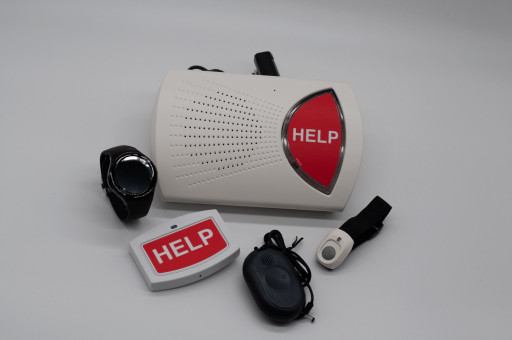
DES MOINES, Iowa - October 20, 2021 - (Newswire.com)
When it comes to shopping for medical alerts, fall detection may be an important part of the equation. One of the biggest concerns for many seniors is falling and not being able to get back up. However, medical alerts with fall detection can send help quickly. Here are some tips on choosing medical alerts with fall detection. Health.com outlines the best medical alerts with fall detection with more details there.
What to look for in medical alerts with fall detection
This may seem obvious, but the first thing those who are looking for a system with fall detection should do is eliminate all the ones that don't offer it. Believe it or not, some medical alert systems don't offer fall detection, so it's important to be mindful of that when starting to shop.
The next area of concern is the devices offered by each company. Most of them operate by having the patient wear some type of device, but others are entirely voice-activated and do not require them to wear a device. Some seniors may be resistant to wearing a device, so if they are, the buyer should look for a voice-activated system that doesn't require them to wear one.
Monitored vs. unmonitored systems
Another important thing consumers should consider when looking for medical alerts with fall detection is whether they want a monitored system, which connects the patient with a dispatching center around the clock. Unmonitored systems call a friend or family member instead, so it's important to consider whether there is someone available and ready to respond at all hours of the day or night.
Unmonitored systems can usually be set up to call multiple people from the user's emergency contact list. If it doesn't reach anyone, then it will call emergency services. Another difference between monitored and unmonitored systems is the monthly fee required by monitored systems, which may also have other fees like activation fees or contracts.
What about automatic fall detection?
Some companies offer automatic fall detection as an optional feature, so that might be something else consumers want to look for. Automatic fall detection goes beyond the standard features allowing users to call for help.
When the system is automatic, it doesn't require the patient to press a button or actually call for help. Instead, the system contacts emergency services when it detects that the patient has fallen down. Such an option can be useful in situations where patients have health conditions that may prevent them from pressing a button or calling out for help via a voice-activated system.
Shopping for medical alerts with fall detection can be a bit daunting because of the sheer number of features available. However, consumers who know what to look for have a much easier time and make wiser decisions. Safety is important, even when patients don't leave their homes very often.
Press Release Service by Newswire.com
Original Source: Choosing Medical Alerts With Fall Detection